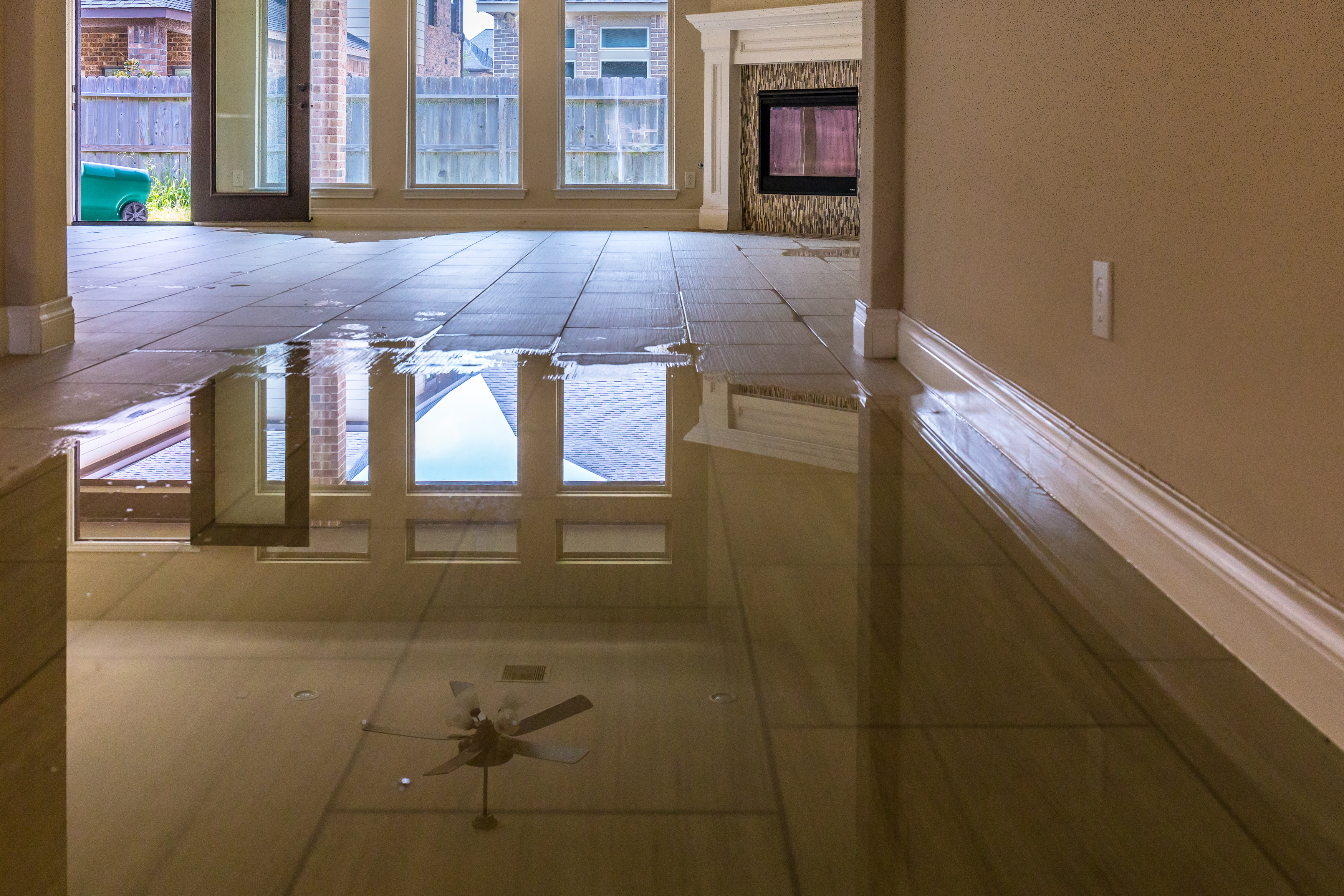Ways to Fix a Water-Damaged Wall in the Bathroom
Ways to Fix a Water-Damaged Wall in the Bathroom
Blog Article
We've unearthed this article on Preventing Water Damage in the Bathroom below on the net and figured it made sense to share it with you here.

The restroom is exceptionally susceptible for wet build-up and also potential water damage as a result of the frequent use of water in it. This write-up offers basic examination strategies to aid spotting water damages threats.
The frequent use of water in the restroom makes it incredibly susceptible for damp buildup and also potential water damage. By examining it on a regular basis, you can reduce water related damages.
The complying with collection of assessments is simple to do and also need to be done as soon as in every 3 months in order to keep your restroom in good shape as well as to avoid prospective water problems brought on by the bath tub, the shower, pipeline joints and also plumbing, sinks, closets, and also the commode
Do not neglect performing these inspections and be comprehensive while performing them. Keep in mind that these simple inspections can save you a lot of cash by providing very early signs for water damages
Bath tub and also Shower
The shower as well as tub need special interest and maintenance. Check the floor tiles and also change if broken. Ensure that there is no missing grout in between the floor tiles. Check as well as replace broken caulking at joints where the walls fulfill the flooring or the tub. Blocked drains and pipelines troubles will certainly avoid the bathtub from drying and also might suggest major problems under the tub. Speak with a professional immediately to stop architectural damage. Pay attention to stainings or soft locations around the bathtub wall surfaces as they might suggest an internal leakage.
Plumbing
Signs for water damages are hard to identify considering that most pipelines are installed inside the wall surfaces.
Pay special focus to flooring and also walls dampness as well as discolorations as they may show an invisible plumbing trouble. Check dampness levels in adjacent rooms also.
Sinks and Cabinets
Sinks as well as cabinets are subjected to dampness as well as moisture daily and also are frequently ignored. Inspect on a regular basis under the sink and on the counter top over it. Repair any type of drip in the trap as it might suggest drain issues. Look around the sink, sluggish draining pipelines may show an obstructed drain. Change sink seals if they are fractured or loose.
The Commode
The bathroom is a vulnerable water junction. Check the water lines as well as look for leaks around the bathroom seat, in the tube, and under the water storage tank. If you identify any indications of dampness on the floor around the toilet, look for leakages in the toilet edge and also tank seals.
Understand that hanging commode dish antiperspirants increases the possibilities for blockages.
10 TIPS TO PREVENT WATER DAMAGE IN THE BATHROOM
The average household uses approximately 80-100 gallons of water per person per day. For a family of 4, that's almost 2,500 gallons of water a week! The largest portion of this consumption comes from bathroom use. Flushing the toilet uses the most water, followed by taking a shower or bath. With that much water running through the home, water damage in the bathroom is bound to happen. Knowing how to spot signs of a water leak is essential to preventing long-term damage. This guide provides you with tips to reduce the impact of water damage on your bathroom.
CAUSES OF BATHROOM WATER DAMAGE
Pipe breaks are the most common cause of water damage we see in our daily jobs. The age of a pipe plays a large role in a pipe break as well as corrosion. Over time, the metal begins to break down, allowing water to escape. Frozen pipe breaks are also a concern in the winter months. Toilet overflows caused by paper products or children flushing inappropriate items. Degraded caulking around the toilet or bathtub can allow water seepage, sometimes behind the fixture, into the subfloor or walls. Condensation forms when the water in a pipe is cooler than the air temperature. Beads of water form on the exterior of the pipes, sometimes so much so that the water begins to drip and pool below. Sink or shower backups created by poor drainage. HOW TO PREVENT WATER DAMAGE IN YOUR BATHROOM
Inspect your toilet supply line for worn or frayed hoses and replace them as needed. Winterize your plumbing to prevent a frozen pipe break. Use vent fans to prevent condensation that can lead to mold growth. Routinely check and replace degraded caulking around your toilet or bathtub. Increase the temperature in your toilet tank and insulate your pipes during the warm summer months to keep condensation from forming. Use child safety locks on the toilets. Flush only toilet paper. "Flushable" wet wipes are actually not good for your plumbing system. Additionally, feminine hygiene products should not be flushed. Prevent water from escaping the tub or shower. Make sure shower curtains are in good condition. Inspect shower doors and replace the seal strip if necessary. Wipe up any water that accumulates on the floor and use bath mats. Water left to sit can cause damage to the tiles and flooring. Refrain from using bath products containing heavy oils to avoid a clogged drain.

I hope you liked our post on How to Repair and Prevent Bathroom Water Damage. Thanks a lot for taking the time to read through our content. Feel free to set aside a second to share this entry if you enjoyed it. I am grateful for your time. Visit us again soon.
Book With Us Today! Report this page